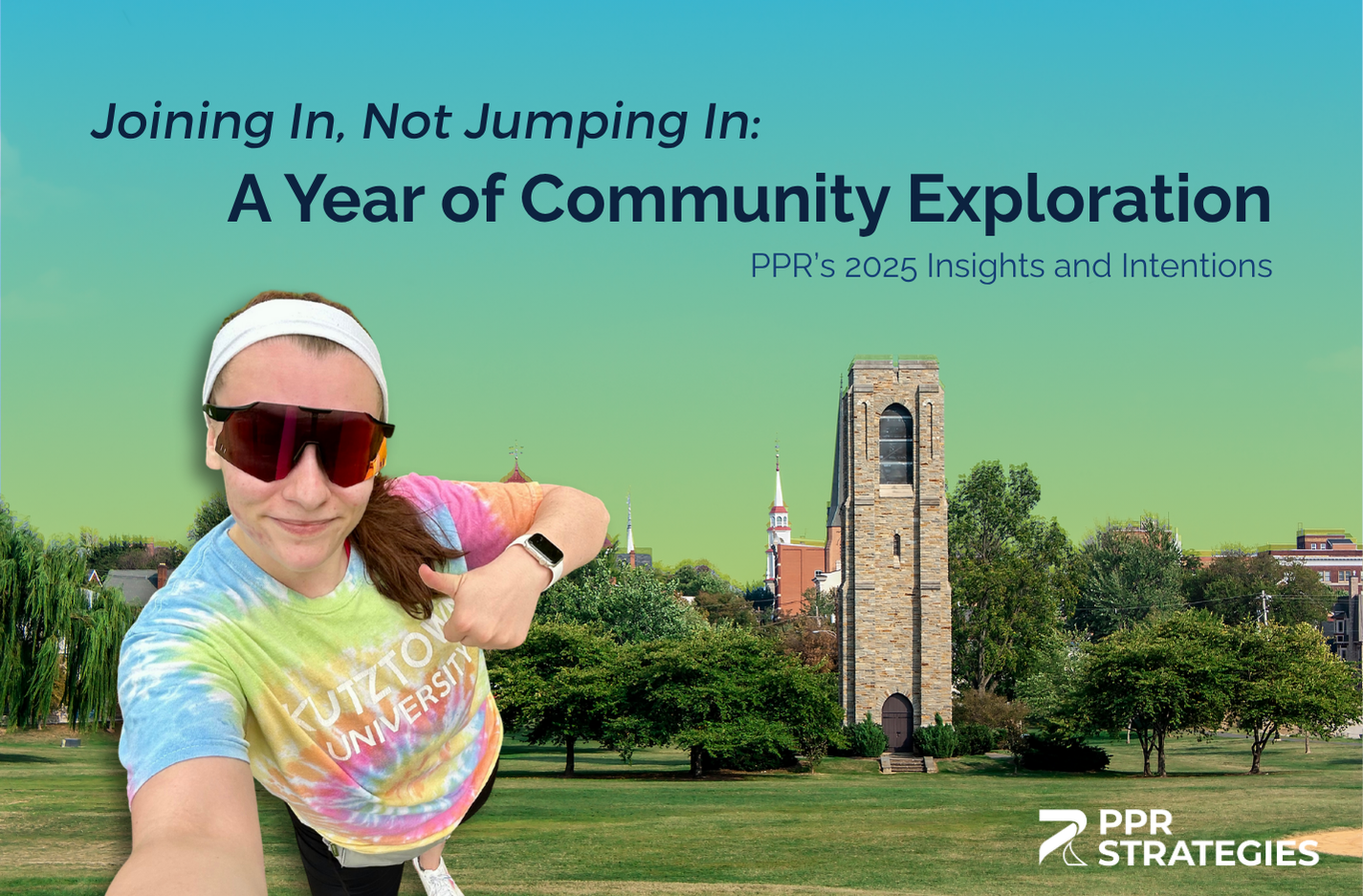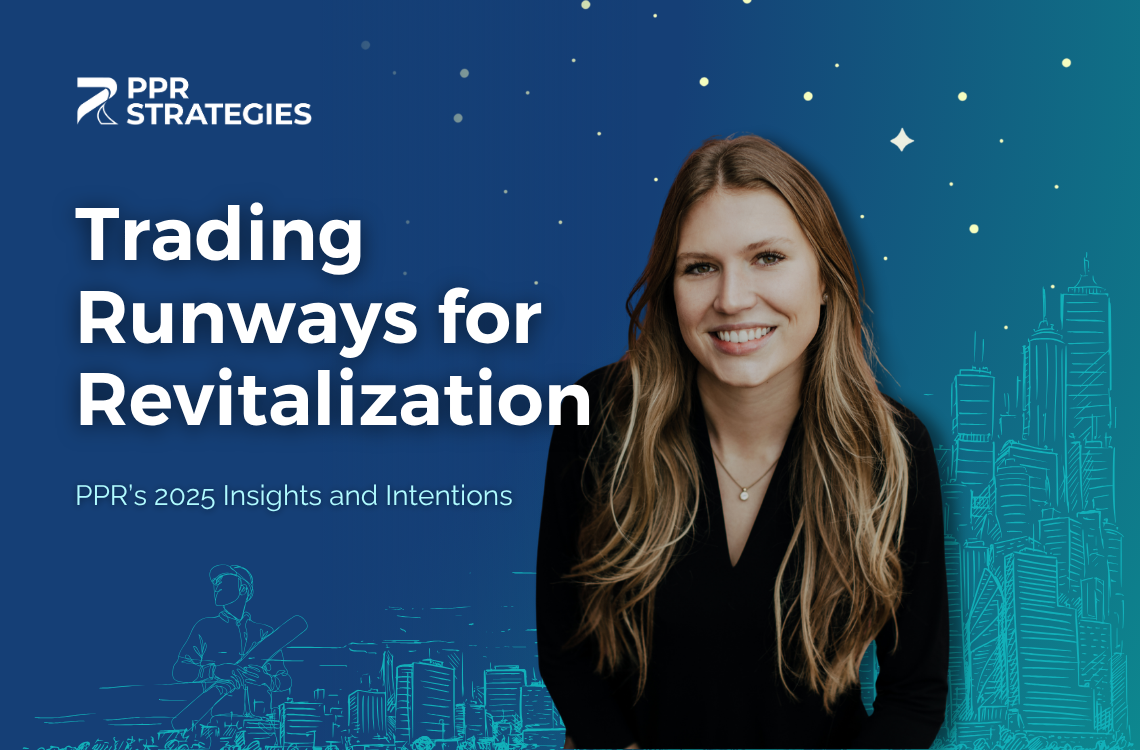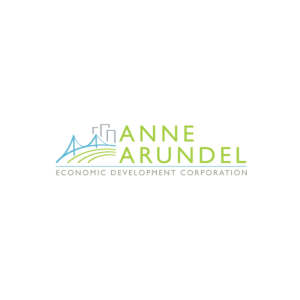Have you ever hired interns in your organization? In our last blog post, we shared why we’re so passionate about running an Internship Program at PPR Strategies. In fact, we’re so passionate about it that we’ve had over 60 interns in the past 18 years, and we’re fully booked for interns for the remainder of 2022.
Giving young professionals the opportunity to intern at your organization is a great way to give back and invest in the next generation of the workforce. You can provide an intern with real-world job experience that can’t be found inside a classroom. Additionally, interns can provide great value to organizations, especially smaller 1-person organizations or nonprofits.
So how do you find the right interns for your organization so that they – and you – get the best results? Here are a few tips (based on our experience) for finding the right candidates for internships:
1. Share your internship in the right places.
Just like any kind of marketing, it’s all about getting in front of the right target market! We found that Handshake is a great hiring platform for jobs and internships. Handshake allows you to access a broad database of students, build relationships with universities, and increase your application pool.
Over time, we’ve built relationships with universities throughout the region. Our past interns are able to recommend interning with us to their fellow students and alumni. Now, many universities are calling us, wanting to know when our next internship is open.
We also always have a link on our website to our internship opportunities so that people can find it if they’re searching.
2. Have a thorough interview process.
Our goal in the interview process is to get to know the human being behind the resume. Applicants have to send us a resume, writing samples, and then interview with us at least once and potentially a second time with other team members.
As part of our thorough interview process, an applicant identifies areas of growth that they want to focus on with PPR Strategies. If we feel we can contribute to their goals, and are a good fit for our organization, we move them to the next phase of the hiring process.
3. Tailor the internship around the intern.
This goes back to the idea of internships as a way to give back. Each internship is different and we tailor each one to the individual. We try to make sure the intern will have the chance to skill-build in their area of interest, whether that’s in marketing, public relations, or another area we specialize in.
4. Consider offering a competitive stipend.
We pay our interns a competitive stipend for their work. This is important to us because there is an opportunity cost associated with giving up time to intern. In many cases, this makes it possible for more people to apply who wouldn’t be able to otherwise.
5. Look for authenticity.
When we interview applicants, we look for authentic answers rather than canned responses. We want to get to know who they are, what their strengths are, and what their weaknesses are. We’d rather hear their real answer to the classic interview question, “What’s your biggest weakness?” rather than something canned like “I work too hard,” or “I am a perfectionist.” Authentic answers build trust and help us identify if we’re really going to be a good fit for them (and if they will be for us).
We’ve found that almost all of our successful interns have a unique indicator of their success: They send thank you notes after their interview. This is more rare than you’d think it would be… Out of 12 applicants, usually only 2 or 3 send a thank you note after their interview.
The more you can make the position a “win” for your applicant, the more fulfilling and valuable the experience will be for you, too.
When it comes to structuring and overseeing their time, where do you start? That’s what next week’s blog post will be all about!
In the meantime, email us if this blog has given you any helpful inspiration for hiring interns!
‘Til next time,
The PPR Strategies Team








